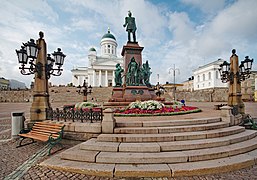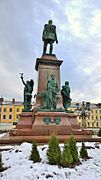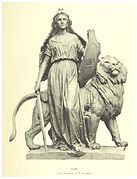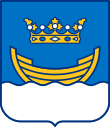
A statue is a free-standing sculpture in which the realistic, full-length figures of persons or animals are carved or cast in a durable material such as wood, metal or stone. Typical statues are life-sized or close to life-size; a sculpture that represents persons or animals in full figure but that is small enough to lift and carry is a statuette or figurine, whilst one more than twice life-size is a colossal statue.
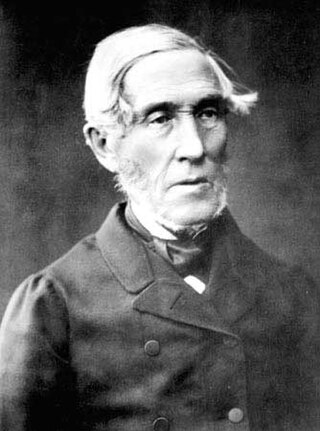
Johan Vilhelm Snellman was an influential Fennoman philosopher and Finnish statesman, ennobled in 1866. He was one of the most important 'awakeners' or promoters of Finnish nationalism, alongside Elias Lönnrot and J. L. Runeberg.

The University of Helsinki is a public university in Helsinki, Finland. The university was founded in Turku in 1640 as the Royal Academy of Åbo under the Swedish Empire, and moved to Helsinki in 1828 under the sponsorship of Tsar Alexander I. The University of Helsinki is the oldest and largest university in Finland with the widest range of disciplines available. In 2020, around 31,600 students were enrolled in the degree programs of the university spread across 11 faculties and 11 research institutes.
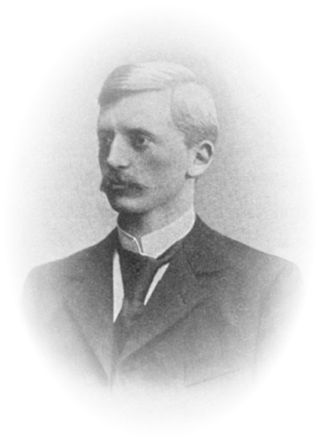
Eugen Waldemar Schauman ; was a Finnish nationalist and nobleman. Schauman assassinated the Imperial Russian Governor-General of Finland Nikolai Ivanovich Bobrikov.
Helsinki is the capital of Finland and is its largest city. It was founded in the Middle Ages to be a Swedish rival to other ports on the Gulf of Finland, but it remained a small fishing village for over two centuries. Its importance to the Swedish Kingdom increased in the mid-18th century when the fortress originally known as Sveaborg was constructed on islands at the entrance to the harbor. While intended to protect Helsinki from Russian attack, Sveaborg ultimately surrendered to Russia during the Finnish War (1808-1809), and Finland was incorporated into the Russian Empire as part of the Treaty of Fredrikshamn. Russia then moved the Finnish capital from Turku to Helsinki, and the city grew dramatically during the 19th century. Finnish independence, a civil war, and three consecutive conflicts associated with World War II made Helsinki a site of significant political and military activity during the first half of the 20th century. Helsinki hosted the Summer Olympic Games in 1952, was a European Capital of Culture in 2000, and the World Design Capital in 2012. It is considered a Beta Level city by the Globalization and World Cities Research Network (GaWC), according to their 2012 analysis.

The Grand Duchy of Finland, officially and also translated as the Grand Principality of Finland, was the predecessor state of modern Finland. It existed between 1809 and 1917 as an autonomous state ruled by the Russian Empire.

Senate Square presents Carl Ludvig Engel's architecture as a unique allegory of political, religious, scientific and commercial powers in the centre of Helsinki, Finland.

Leopold Henrik Stanislaus Mechelin, known as Leo Mechelin, was a Finnish politician, professor, liberal reformer and businessman. A leading defender of the autonomy of the Grand Duchy of Finland, and of the rights of women and minorities, Mechelin's 1905–1908 government ("Mechelin's Senate") made Finland the first nation in the world with the universal right to vote and to be elected. During his period in office the freedom of expression, the press, and of assembly were introduced. Mechelin was born and died in Helsinki, Finland.

The Monument to Nicholas I is a bronze equestrian monument of Nicholas I of Russia on St Isaac's Square in Saint Petersburg, Russia. It was created by French sculptor Auguste de Montferrand and unveiled on July 7 [O.S. June 25] , 1859, the six-meter statue was considered a technical wonder at the time of its creation. It is one of only a few bronze statues with only two support points.
The Monument to Alexander II, officially called the Monument to Emperor Alexander II, the Liberator Tsar, is a memorial of Emperor Alexander II of Russia, situated in the immediate surroundings of the Cathedral of Christ the Saviour in Moscow. Completed in 2005 and partly inspired by a destroyed imperial monument from 1898, the statue itself was paid for by private donations, with the rest of the monument mainly financed by public funding. The site for the new monument was chosen in part because Alexander helped lay the foundation for the original Christ the Savior Cathedral and ruled during its construction.

Emil Wikström was a Finnish sculptor. Among his best known works are the Lyhdynkantajat sculptures on the front of the Helsinki Central railway station and the monuments to Elias Lönnrot and Johan Vilhelm Snellman.
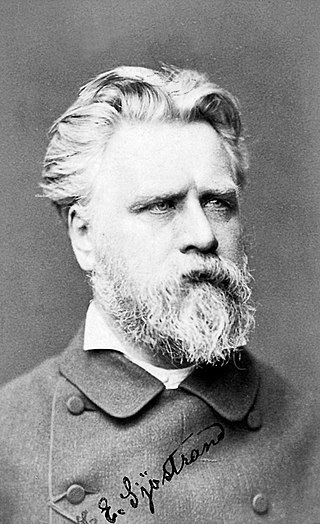
Carl Eneas Sjöstrand was a Swedish sculptor who worked for over 40 years in the Grand Duchy of Finland.

The Per Brahe statue is a monument of Per Brahe the Younger, the Governor-General of Finland and first chancellor of the Academy of Turku, located in Brahenpuisto in Turku, Finland. It was designed by Walter Runeberg and unveiled in 1888.
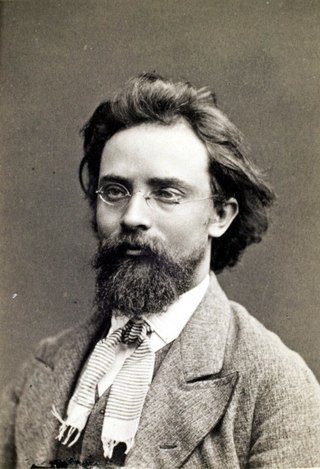
Walter Magnus Runeberg was a Finnish neo-classical sculptor. He was the son of Finnish national epic poet Johan Ludvig Runeberg.

The Alexander Garden Obelisk is an obelisk located within the Alexander Garden, near the walls of Kremlin, in Moscow, Russia. The obelisk was initially designed by S. A. Vlasev and erected on July 10, 1914, at the entrance of the garden. It was created as a celebration of the tercentenary of the House of Romanov. The obelisk was moved closer to the center of the garden in 1966.

Finnish art started to form its individual characteristics in the 19th century, when romantic nationalism began to rise in the autonomous Grand Duchy of Finland.

The Suvorov Monument is a bronze sculpture of Generalissimo Alexander Suvorov located in Saint Petersburg. It is at the centre of Suvorov Square, opposite the Field of Mars and the Trinity Bridge, and between the Marble Palace and the Saltykov Mansion.
The February Manifesto, also known as His Imperial Majesty's Graceful Announcement was a legislative act given by Emperor of Russia Nicholas II on 15 February 1899, defining the legislation order of laws concerning the Grand Duchy of Finland. This included all laws which also concerned the interest of the Russian Empire. The manifesto left the Diet of Finland only an advisory role in passing these laws. The February Manifesto was seen as the beginning of the first period of Russian oppression and generally the start of Russification of Finland.
The J. K. Paasikivi memorial, also called Itä ja Länsi is a memorial sculpture for President of Finland Juho Kusti Paasikivi by sculptor Harry Kivijärvi, located in Kamppi, Helsinki, Finland. The sculpture is located at the Paasikivenaukio square along Mannerheimintie in front of the so-called Supplier House, north of the Lasipalatsi building. The sculpture was revealed in 1980.

Lyhdynkantajat is a group of sculptures at the front door of the Helsinki Central Station in Helsinki, Finland. The sculptures were designed by Emil Wikström and completed in 1914. Lyhdynkantajat is part of the facade of the Art Nouveau station designed by Eliel Saarinen.







